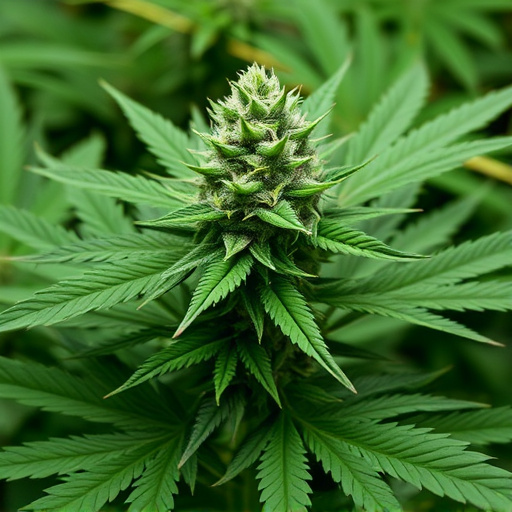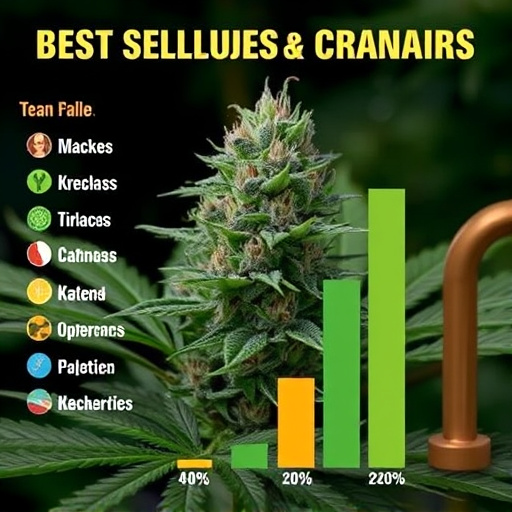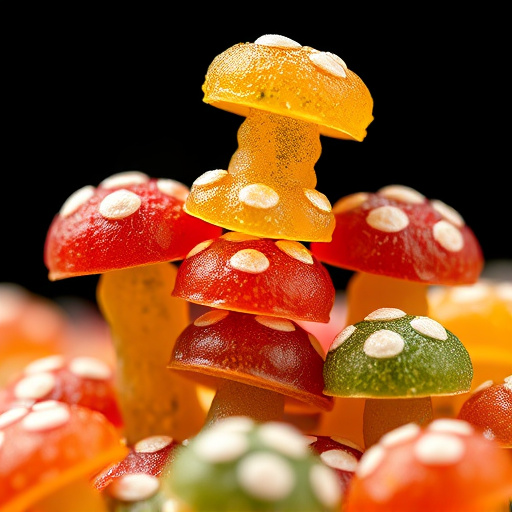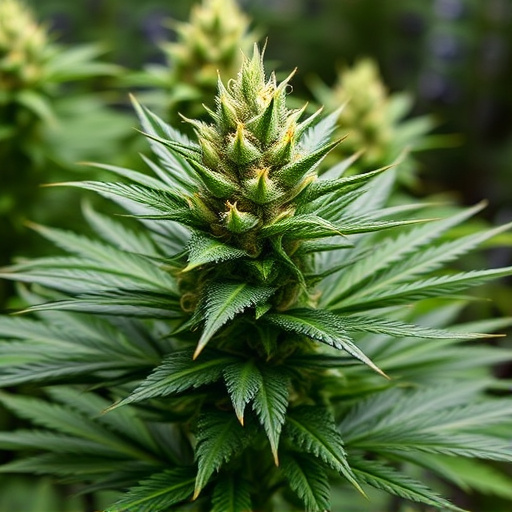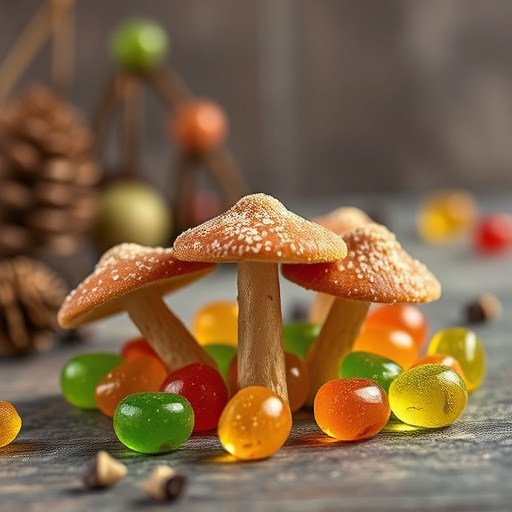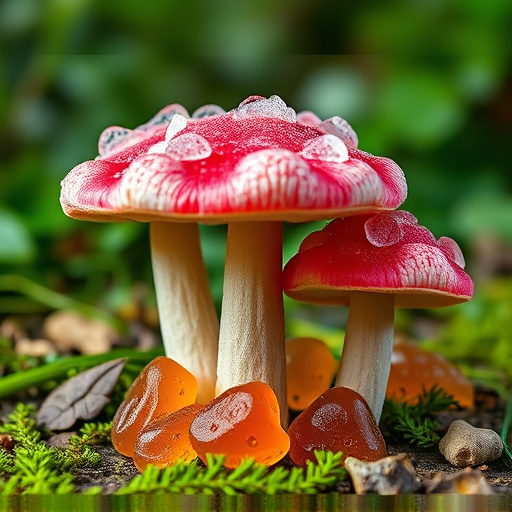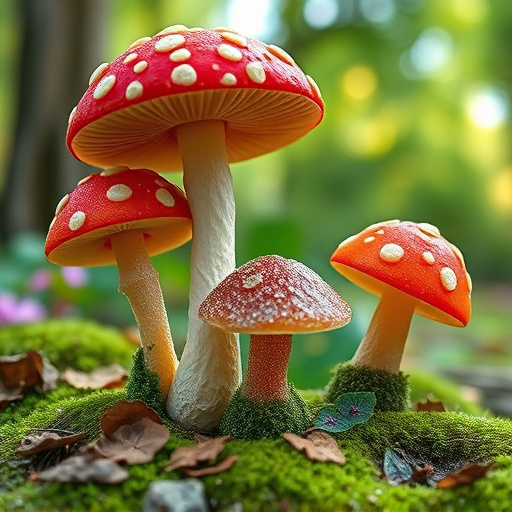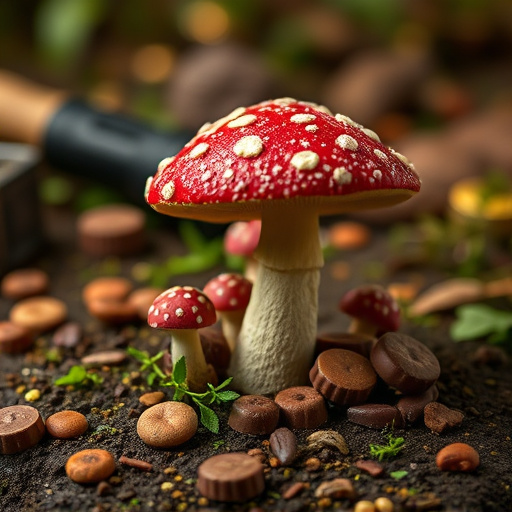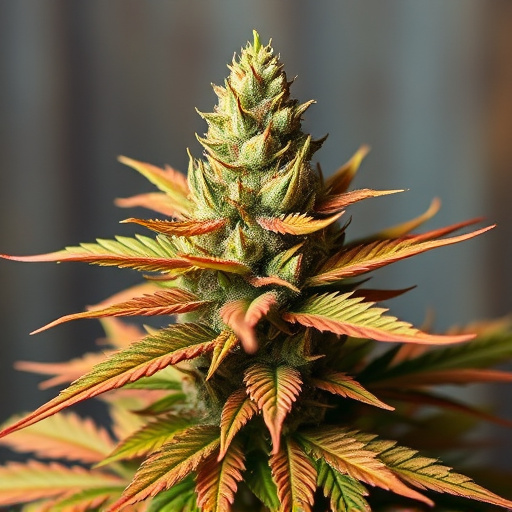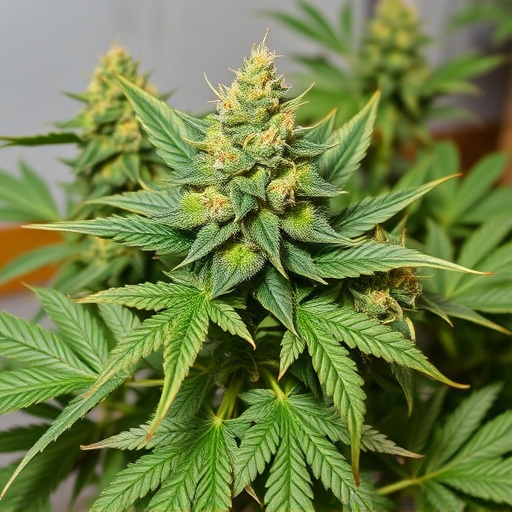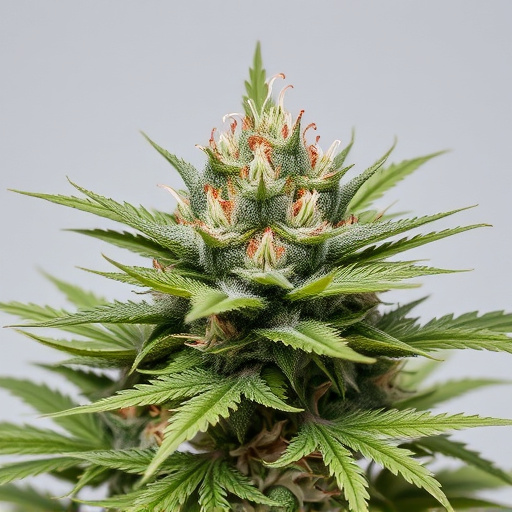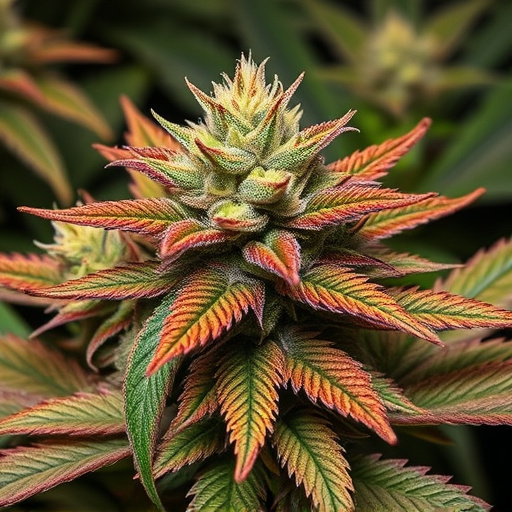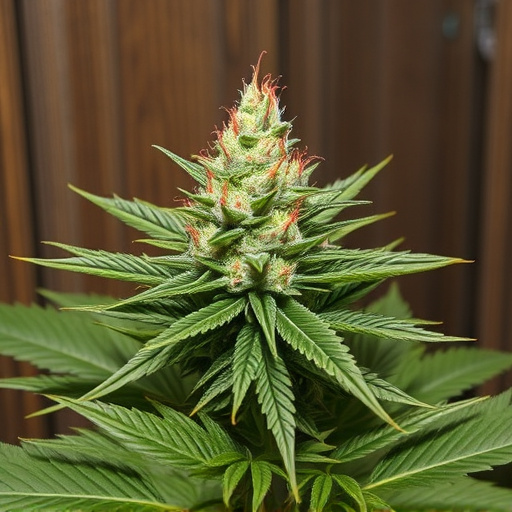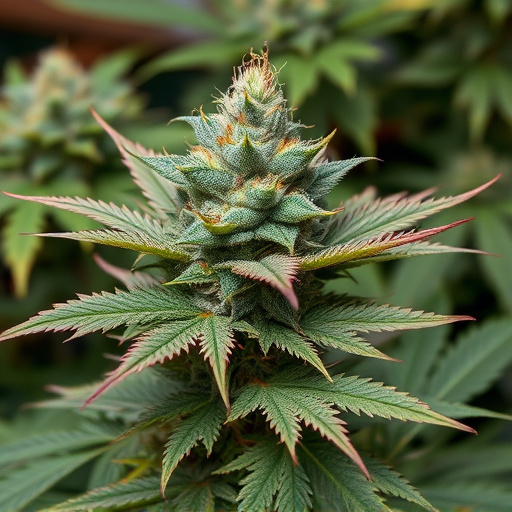Old school cannabis strains, rich in CBD and lower in THC, have been used for millennia for their emotional effects, which are rooted in interaction with our bodies' endocannabinoid system (ECS). These compounds mimic endocannabinoids to modulate neural activity and influence neurotransmitters like serotonin and dopamine. While these strains promote calmness and relaxation, individual responses vary due to genetics and mental health, leading to reports of increased creativity or heightened anxiety. Recognizing unique reactions emphasizes that cannabis is not a one-size-fits-all substance.
Cannabis flower’s impact on mood and emotions has sparked interest and debate. This article explores how old school cannabis strains, known for their distinct properties, influence our mental state. We delve into the science behind cannabis and its role in mood regulation, analyze specific old school strains and their effects, and discuss individual variations in response to these floral compounds. Discover why understanding these factors is crucial for navigating the complex relationship between cannabis and emotional well-being.
- The Science Behind Cannabis and Mood Regulation
- Old School Strains: A Look at Their Effects on Emotions
- Individual Differences in Response to Cannabis Flower
The Science Behind Cannabis and Mood Regulation
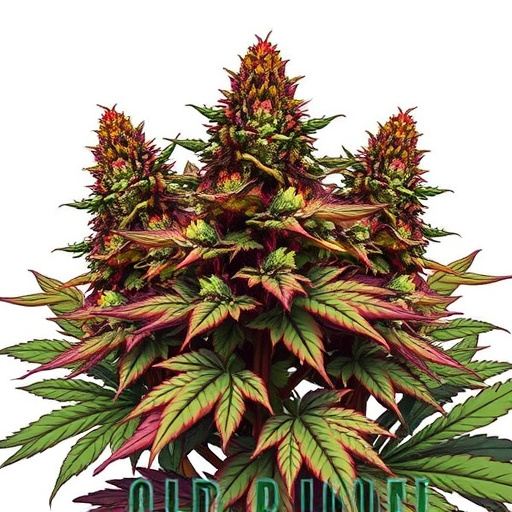
The science behind cannabis and mood regulation is a fascinating area of study, shedding light on how this ancient plant has been used for millennia. Old school cannabis strains, with their higher concentrations of THC (tetrahydrocannabinol), have long been known to evoke a range of emotional responses, from euphoria to relaxation. Research now reveals that these effects are not merely subjective; they are rooted in the complex interaction between cannabis compounds and our bodies’ endocannabinoid system (ECS).
The ECS plays a vital role in maintaining homeostasis, including regulating mood, appetite, and pain perception. Cannabis compounds, such as THC and CBD (cannabidiol), mimic certain endocannabinoids produced naturally by our bodies, binding to specific receptors to modulate neural activity. This interaction can influence neurotransmitters like serotonin and dopamine, known players in mood regulation. Thus, old school cannabis strains, with their potent effects, may offer both therapeutic benefits for those struggling with mood disorders and insights into the intricate dance between plant compounds and human biology.
Old School Strains: A Look at Their Effects on Emotions
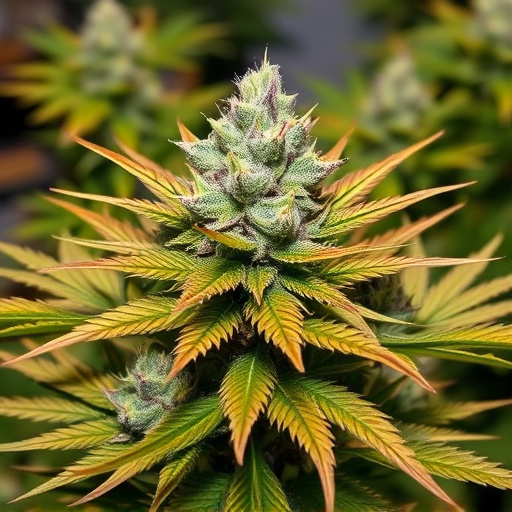
Old school cannabis strains, with their rich history and distinct genetic lineages, offer a unique perspective on how different varieties can impact our moods and emotions. These traditional varieties, often characterized by lower THC levels and higher CBD content, have been cherished for their potential therapeutic benefits over generations.
Research suggests that old school strains may induce feelings of calmness, relaxation, and even mild euphoria, contributing to an overall sense of well-being. The milder psychoactive effects of these strains could make them appealing for those seeking emotional balance without intense highs. This preference has led to the preservation and cultivation of these old school cannabis strains, ensuring their availability for those looking to explore more nuanced and subtle emotional experiences.
Individual Differences in Response to Cannabis Flower

Every individual’s response to cannabis flower can vary greatly, depending on a multitude of factors including genetics, personal tolerance, and overall mental health. Old school cannabis strains, known for their lower THC content and higher CBD levels, are often sought after by users looking for more subtle effects. These varieties might be ideal for those who prefer a calmer experience, enhancing relaxation without inducing strong euphoria.
However, it’s important to remember that even within these seemingly milder strains, the impact on mood can differ. Some people may find they feel more creative and sociable, while others might experience heightened anxiety or paranoia. This variability underscores the fact that cannabis is not a one-size-fits-all substance, and understanding individual differences in response is key to navigating its effects effectively.
Cannabis flower’s impact on mood and emotions is a complex interplay of scientific factors, individual differences, and the unique properties of various old school strains. While research continues to uncover the nuances of this relationship, understanding these elements can help users make informed decisions about their cannabis consumption. The effects of different old school strains, known for their distinct terpene profiles and cannabinoid ratios, offer a range of experiences that cater to specific emotional needs. Recognizing individual variations in sensitivity and response ensures a personalized approach to mood regulation through cannabis, promoting well-being and enhancing quality of life.
